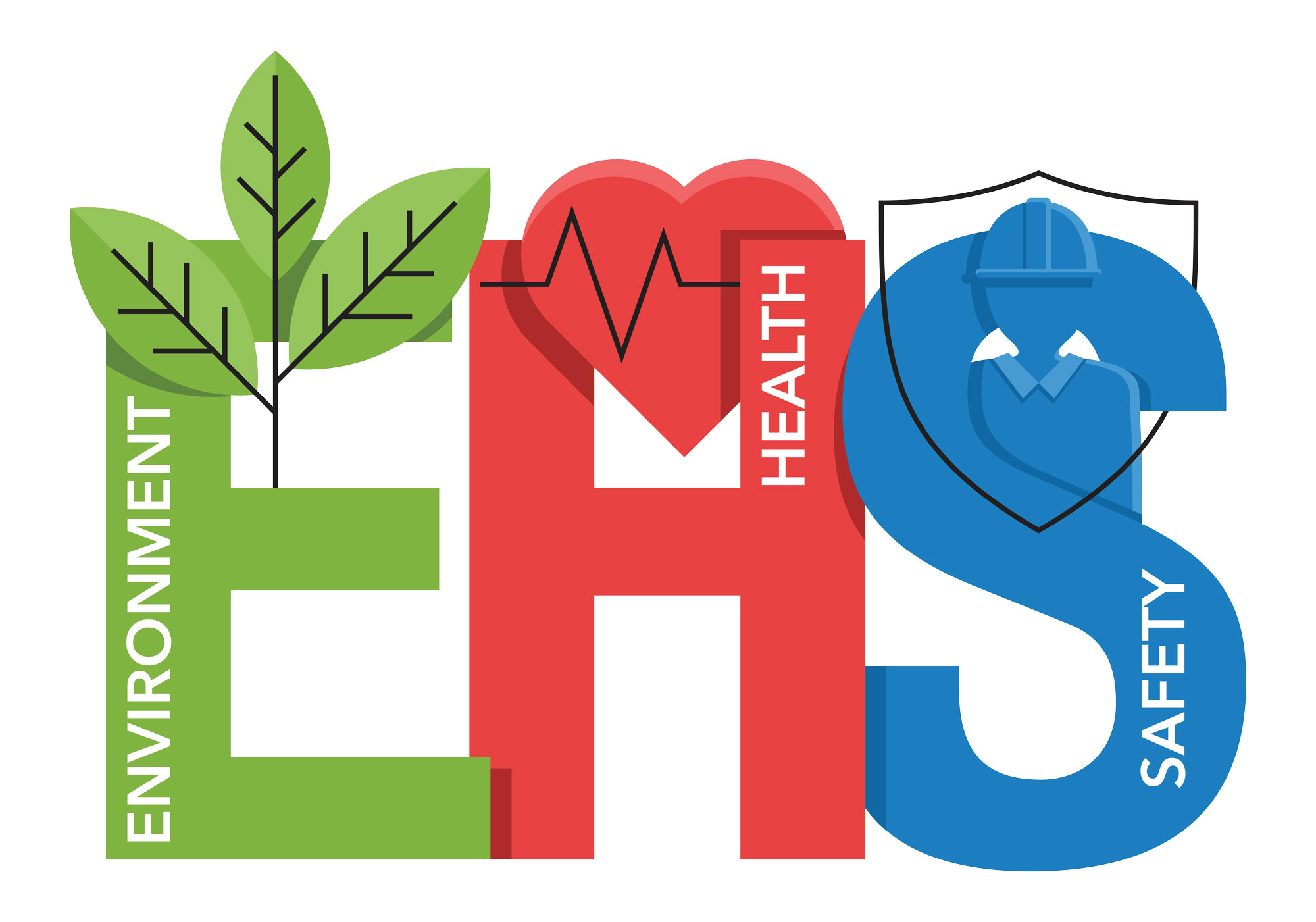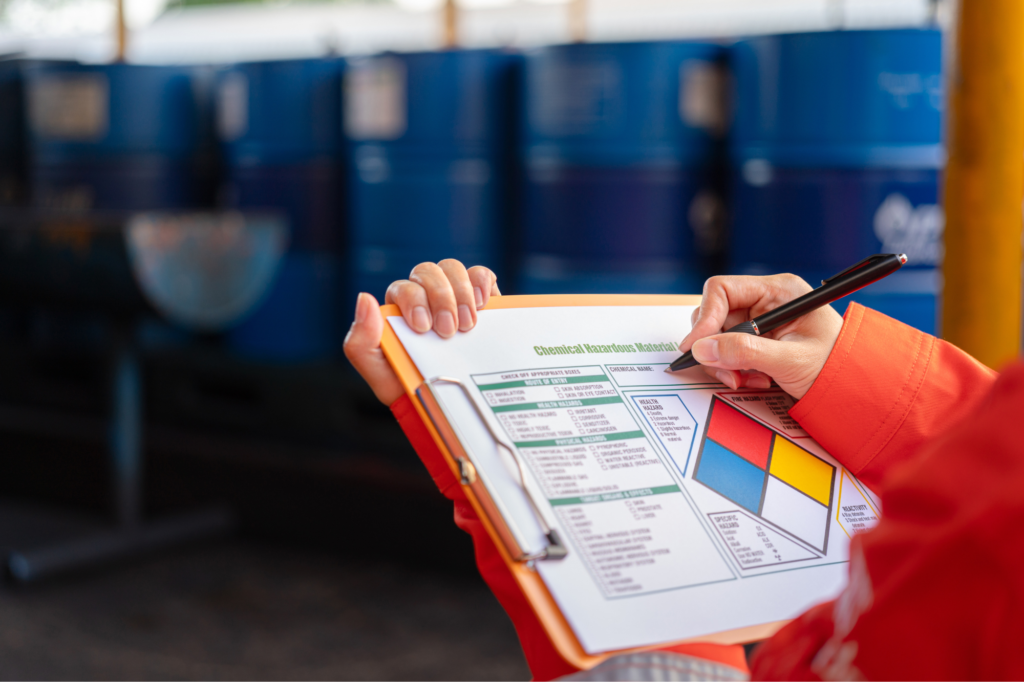
Assessing the efficiency of your EHS program
If a single name, title, or department comes to mind when thinking of your company’s environment, health, and safety (EHS) program, it may be time to dig deeper into your organization’s approach. Confining EHS to one person or office can hinder the development of a thriving safety culture and can be potentially harmful to your company.
Nurturing a strong safety culture can be challenging, but it’s essential in preventing workplace incidents. By pigeonholing EHS responsibilities, you neglect the most crucial aspect of a safety culture: the “culture” itself. A robust program should originate from company leadership and permeate down to every employee, fostering a sense of collective ownership for EHS-related tasks.
Encourage participation in your EHS program
The collective values, beliefs, attitudes, and norms within your organization heavily influence your EHS program. To initiate positive change, the first step is to establish a positive safety culture among senior leadership. When leadership demonstrates a commitment to safety, the organization’s overall culture can begin to evolve.
How to measure the involvement in your EHS program
We know that establishing a robust safety culture is crucial, but how can we ensure it truly makes a difference? The answer lies in measurement and evaluation.
Step 1. Review current involvement.
Begin by familiarizing yourself with existing documents, programs, and policies. Pay special attention to how they’re specifically linked to EHS. For instance, examine incident reporting policies to determine whether they encourage or discourage reporting. Evaluate how communication is handled and whether feedback is acknowledged and addressed or disregarded.
Identify if there’s a safety or an EHS committee within your organization and assess your rewards and incentives to promote companywide engagement. Once you’ve reviewed these aspects, identify key indicators of EHS success within your company, and start monitoring those metrics. Use them as a benchmark to gauge whether your EHS program is improving as you make these changes.
Step 2. Communicate.
After assessing the baseline, communicate to your employees that you’ll be conducting EHS program assessments, and explain the process to them. This is an opportunity to create a positive experience for your people. By being transparent about the findings and goals, you’ll encourage their openness and honesty, especially if you provide anonymous means of communication. Emphasize that you’re not looking to place blame but are looking to proactively enhance your EHS program.
Step 3. Conduct a walk-through.
Inform employees about the upcoming site visit, and then proceed to take a tour of the facility. Ensure all areas where work is in progress are visited, paying attention to how tasks are being carried out and identifying safety issues, environmental concerns, and health risks.
Step 4. Involve leadership.
After gaining an understanding of the current state of your company’s EHS program and compiling ideas for improvement, schedule a discussion with management and key stakeholders. Express gratitude in advance for their support in ensuring their alignment with your EHS program initiatives and share your goals with them.
Step 5. Conduct EHS surveys.
Use the predetermined metrics for evaluating the success of your EHS program and conduct surveys across all levels of the organization. This step aims to assess others’ perceptions of the program’s performance and their level of interest in its improvement.
Step 6. Conduct interviews.
Compile your own observations, relevant data, and incident histories. Select a diverse group of employees and conduct 10 focus group interviews to delve deeper into the challenges they currently face and discuss plans for improvement. Engaging employees in this manner empowers them to actively contribute and feel as though their voices are heard.
Step 7. Provide a report of your findings.
After completing these steps, you’ll have a more comprehensive understanding of what aspects to measure and how to make improvements. Prepare a detailed report summarizing these findings and present it to the leaders in your company. Next, establish a systematic process for continuously measuring and improving the areas highlighted in the report. Regularly review and update the report to keep employees informed and engaged, ensuring their contributions are positively influencing the program.


